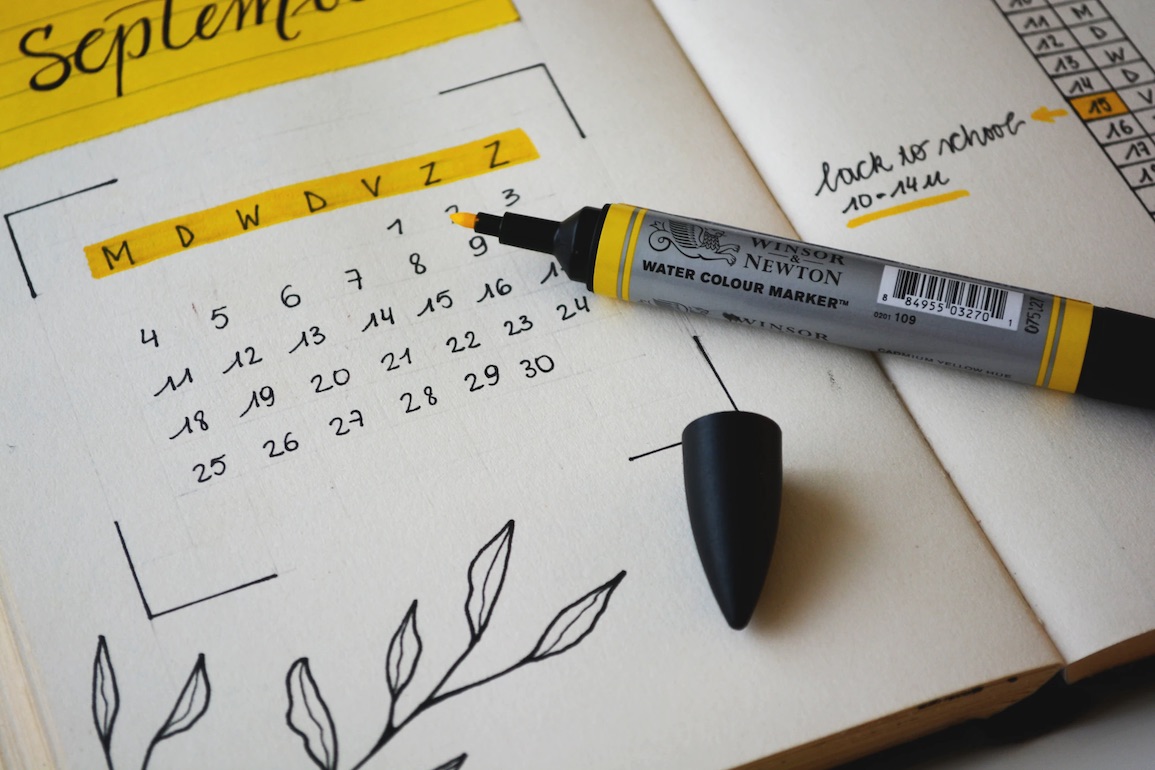Do you have a financial goal but have no idea what to do to reach it? It can seem a little overwhelming to think about how much money you need to save, especially when most people’s budgets are already tight. It sounds like you need a money-saving plan to set aside funds for the things you want to do.
Where to begin?
To reach any goal, you need to make a plan for how you will reach it. If you are saving up for a vacation, a new house, car, or putting your kid through college, you need a money-saving plan to give you some direction and break the process down into achievable little chunks, making it less overwhelming and easier to accomplish.
When it comes to a savings plan, that just means a way to organize your spending to allow some money to be put aside for later redemption. Whether the goal is saving for a house or any purpose, the same process can be used over and over with any goal.
Why a savings plan is necessary
When you look at your bank statement every month is there money left over at the end of the month? Do you have any reserves in case of an emergency, a loss of income, or a financial crisis? According to Bankrate’s Financial Index, 28% of adults in the US have no emergency fund or money-saving plan to save for a rainy day. Every year, GoBankingRates conducts a survey of and the results have shown consistently (since 2015) that 69% of US households have less than $1,000 in savings.
TIP! Join Honey, the money-saving app. Honey automatically finds the best coupon codes while you shop online. On average, their 17 million users save $115 on their online shopping every year. Best of all, it’s free.
Reasons to have a savings plan
- An emergency fund
- Medical expenses
- Large purchases (new stove, washing machine)
- Saving for a vacation
- Kids college tuition
- Down payment on a house
- Saving for retirement
- Recurring expenses
If you don’t have enough money in the bank for an unexpected bill, car repair, or replacing an appliance you could be stuck having to wait until your next payday or, in the case of a bill, you could wind up having to pay an extra charge on top of your regular expenses. Not having an emergency fund means you may have to take money from your living expenses (groceries, gas, etc.) to cover unexpected events. It can be very hard to save any money at all when you’re living from one paycheck to the next.
Having that emergency savings plan in place means that when something unexpected happens, you are more able to deal with it without ruining your budget or forfeiting a nite out with your spouse and kids. The key is to start small and put aside a little at a time. Saving money for a rainy day or for something special isn’t that hard to do once you have a plan.
TIP! Take your money further, faster. AXOS Bank is an online-only bank offering higher yield savings than traditional banks, in fact, 8x the national average APY. No minimum balance requirements. The opening deposit is $250.
Why don’t more people save?
Saving money is a habit you have to get accustomed to. If you work a 9 – 5 job and are paid hourly, you get a paycheck every two weeks. This is not a lot of money and many people don’t think they can save when they don’t make very much. They tell themselves that they can’t afford to save because they only make $800 every two weeks and the money has to go on rent, utilities, groceries, gas, and anything left over goes in the kid’s piggy banks. When you are working with a set amount of money you have to cut down on expenses or take on a second job to put anything aside.
When it comes to having money in the bank, you need enough money to equal six months of expenses: If your monthly expenses are around $5,000, you’ll need to save $30,000 to survive for 8 months following a job loss. Financial guru Suze Orman recommends an eight-month emergency fund because that’s about how long it takes the average person to find another job after being laid off.
TIP! Use the free, powerful financial planning tools from Personal Capital to take control of your financial life and get objective advice from their fiduciary financial advisors.
Setting up a money-saving plan
If you are ready to start saving, here is what you need to get started:
1. Create a Budget
Sit down with a pen and paper and list all of your expenses. Don’t overlook anything because an unexpected bill could derail your whole plan. List everything you pay per month, including any subscriptions or memberships. If you end up with more bills than income, you’ll need to start cutting back. If you need to get a second job to accomplish this, it is recommended to keep you afloat in times when money is tight.
2. Set a Goal for the Amount Needed
When determining how much to save, you should have enough in savings to cover your expenses for a few months or the amount of money you need for your goal plus a little extra. If you’re saving for a vacation you can calculate the amount you need for your accommodations, airfare, transportation to and from the airport, meals, and etc. To make it easy you can just put aside 20% of your monthly income.
Figure out your total monthly income (including spouse’s income, rental income, etc.) and deduct 20% from it. You can then just opt to withdraw that amount and transfer it to your savings account or have it set to automatically withdraw on a certain date.
3. Determine How Much to Save
When you created your budget you listed all of your expenses. How much did you have leftover? If this is consistent every month you can put a portion of it into savings. You don’t have to go all or nothing. You can start with a smaller amount and work up. Also, you want to keep it manageable in case something changes you can adjust the amount if needed.
4. Open a Couple of Accounts
You can have one for an emergency fund, one for retirement savings, and one for your next vacation. You want to have short-term as well as long-term goals and can adapt these to what you need. You can monitor the progress with monthly reports to see how quickly your savings are growing. It’s tempting, but don’t touch the money in these accounts or you’ll be right back to ground zero and have to start over.
5. Set Up Automatic Withdrawals
It is hard to part with our hard-earned money once you have it in hand. The best way to ensure that your savings gets filled up is to set up automatic withdrawals to your savings accounts. You can schedule the days and amounts to be deducted so you’re never tempted to skip a month. Out of sight, out of mind. You won’t even notice it’s gone.
6. Increase the Amount Over Time
Once you’ve gotten in the habit of saving it will be easier to do. If you started out with a small amount try to increase it every 3 months. Just adding a few extra dollars per month makes a big difference. You can also put your tax refund, pay raises, or bonus checks to good use by adding them to your savings.
TIP! Sign up to Truebill. Their app makes it easy to optimize your spending, manage subscriptions, lower your bills, and stay on top of your financial life.
How much should you save for emergencies
As was mentioned before, few people have more than $1,000 in savings for emergencies. To build up a cushion for yourself you need at least 6 to 8 months’ worth of income for monthly expenses. If your spouse loses their job you’ll still be able to make ends meet without going into debt while they look for employment. If one of your major appliances breaks down you’ll need a couple hundred ($300 to $500) for a replacement.
You should be prepared for any situation with enough money on hand to get you through comfortably. How much you can save will depend on your income and expenses. In a one-income household 6 months’ worth of income may not be enough. You may want to extend that out to 12 months.
TIP! Follow this budgeting course and learn how to save money by taking control of your spending. Find and eliminate excess spending in your existing budgets.
Manage your money like a millionaire
Warren Buffet is one of the richest men in the world with over $70 million dollars. He started working at a young age and his dad taught him how to save money.
Develop a habit of saving money. A basic financial principle is to pay yourself first, meaning take your savings off the top – not after everything is paid.
Resist going into debt by not buying anything you don’t need. When you buy random things you end up having to sell a lot of stuff when you need money.
Live within your means. Just because you have money doesn’t mean you need to buy all the things you want. If you study rich people they often drive economy cars and live in houses that look just like yours. Very few wealthy people squander their money. Whether you’re creating a money-saving plan to buy a house or fund a vacation, following these tips will help you manage your money better and achieve your financial goals
TIP! Save money on your online purchases. MyPoints members get up to 40% back with every purchase at 2,000 top retailers like Walmart, Best Buy, Home Depot & Amazon. Plus you get a $10 gift card when you sign up. For UK readers, we recommend TopCashback — the highest paying cashback site in Britain.




